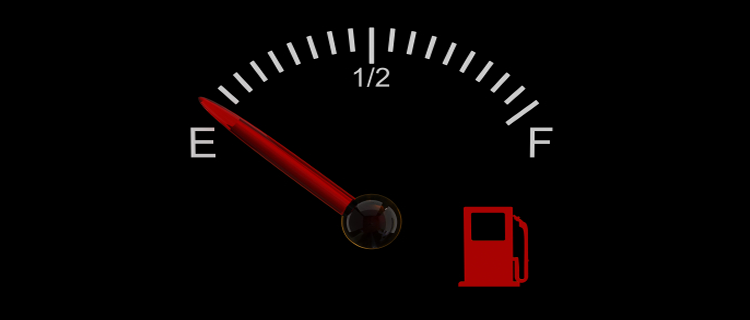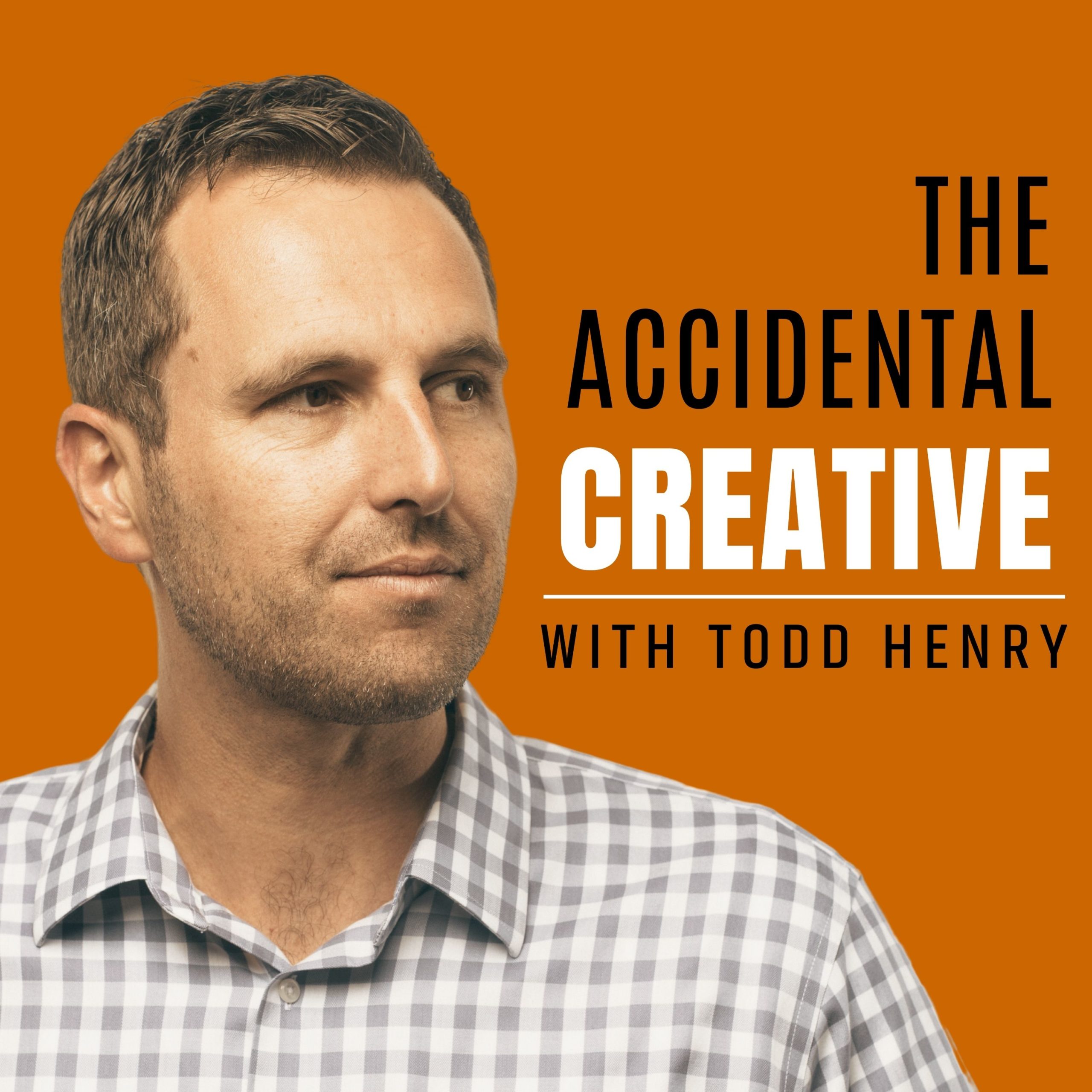It happens to everyone sooner or later. You’re producing great work, everything seems to be running smoothly, and in short – you’re on fire. Then soon you feel the first pangs of that fire turning on you, and within a short while you’re running on empty.
When this happens, ideas don’t flow as easily, and everything you try seems to take much more effort than you have available. Yet you still have to produce. You have to deliver the results you’re being paid to produce, and there is little reprieve from the pressure of the create-on-demand world.
So what do you do when you’re burned out? How can you begin to reclaim your creative energy and get “back in the game”?
Step One: Admit that you’re overextended.
This is critical, because many people are too afraid to admit such a thing because it breaks the illusion of invulnerability. Sometimes we’d rather perpetuate that illusion than engage in the kind of honesty that helps us be more effective. It’s important to accept that you have limits.
Sometimes it’s also helpful to share how you feel with your manager, though if it’s a season in which everyone is overextended, you’re likely to get the “yeah, me too” glare. Still, teams that are able to have these kinds of conversations openly and honestly are less likely to have massive explosions of distrust and anger down the road. (If you’re a team leader, encourage people to have these kinds of conversations with you, as it helps you gauge team members’ expectations and true limits.)
Create an inventory of your current commitments, upcoming obligations, and anything else that demands your focus, time, and energy. Get a good sense for where you are, how you got there, and the true scope of your current situation.
Step Two: Prune Relentlessly
The reason that you get in over your head is that you are trying to do too much with too few resources. You are inverted. To get back to a place of productive capacity, you need to prune activities and commitments from your life so that you have the space needed to do the work required of you. When you cram activity into every spare moment of your life, it feels immediately productive because you’re being efficient. However, efficiency in the short-term is often the enemy of effectiveness in the long-term. To bring your best work every day, you must be choiceful about the commitments you make.
Is there anything that needs to be pruned from you life to create space for your best work?
Step Three: Default to saying “no”
Again, there is a belief in the workplace that time available means availability. However, time is only one facet of engagement. You must also have the capacity to focus, and the energy needed to bring your best work to the table. As such, it’s important to manage each of these resources regularly if you want to stay in a place of productive capacity. (Establishing checkpoints is critical, as I share in chapter nine of The Accidental Creative.)
I default to saying “no” to any new commitment, unless I’m given a good reason to say “yes”. Why? Because the creative process is one that requires me to default to saying “yes”, but when I’ve said “yes” to too many things, it limits the space I have to say “yes” to my truly important priorities. As such, I’ve learned that I have to create the space necessary to be able to explore, re-direct, and even fail. That margin is often not available when I’ve said “yes” to too many other things.
Moving forward, default to saying “no” to discretionary commitments. This will allow you the margin to say “yes” and truly deliver on the priorities that are critical to your effectiveness.
==
Burnout is never enjoyable, but it can sometimes provide a much needed nudge to do some re-organizing of life and work. By acknowledging it, pruning your priorities, and defaulting to “no”, you will be better positioned to bring your best work each day and stay prolific, brilliant, and healthy over the long term.
Have you ever been burned out? How do you deal with it?




This is timely for me. As a freelancer, I tend to have many discrete projects, none huge, but which entail some switching penalty. Part of the idea of maintaining so many is that they all have promise. But lots of little things demand more energy for me, typically, than a couple of large ones. I am going into pruning mode, which means saying no to one thing and winding down another.
I’ve been there as well. It’s never easy to prune, but it’s an investment in your future success. (Plus, saying no to something now doesn’t mean saying no to it forever.) Good luck!
I am there…I am pruning relentlessly and I am saying NO! And it is not easy, but oh so necessary!
Outstanding! Prune away.
So tough…the hard part for me is figuring out what is prune-able and what is not. So much seems like it can’t be pruned. I like your use of the word “relentless.” I’m trying…I think I need to pay attention to this more than I have been. [Thanks for the post, Todd!]
One way of burning out is living in denial of hard emotional issues deep inside. Following my dad’s death I buried my emotions, two years later as I started my own art studio and worked full time for myself i began to burnout so quickly of energy, like a leaky faucet my energy would drain. From a counselors advice I began to express my pain and grieving process through creativity, specifically painting, then writing in detail what i was expressing in my art. Does anyone relate? this is new territory for me in my creative process. I like to box things into different categories but when some leak into others i find it hard to compartmentalize. Any other resources or thoughts on this would be much appreciated.
Thanks alot for your story…..I’m in a similar boat and appreciate you sharing!
Great practical advice here. THANK YOU!
Love the idea of this article. However, as an in-house designer, it’s rarely an option to say “no,” resulting in long hours and work that reflects creative burnout. Any suggestions on how to break the cycle when working in-house other than finding a new job?
Ahhh…the perils of the in-house designer… :)
First, have you had a discussion with your manager your workload? I know it’s uncomfortable and must be done with tact, but there may be something that can be done about the overload. If not, at least it’s on your manager’s radar. Also, take advantage of “slower” seasons (notice the quotes… :) to recharge as much as possible for whatever’s coming next.
Understood that you can’t really say “no” without polishing up your resume. My suggestion would be to try to find ways of creating margin in your life during your busy times, outside of work. (Not always possible, I know.) Also, I always try to plan “buffers” throughout the day between highly draining activities. Don’t try to plow through hours of work without a break – you’ll experience diminishing returns. (For a deeper exploration of this, check out Be Excellent At Anything by Tony Schwartz.)
The gift of being in-house is the predictability. The curse is that you’re always the go-to person and there’s little reprieve from the pressure.
I’m a dance instructor and I teach 25 classes a week. There is one class in particular that puts the stress on me to create a piece every week. Not just any piece, an amazing piece, these are professional dancers. What use to take me an hour takes me days now. But my work has never been better… I just can not bare the creative process, it’s so draining. So now I’m at a cross road. Do I give up the job that has opened so many doors for me? I think I need a break…
I think the key is to make sure that you’re structuring the rest of your life/schedule so that you are able to deal with the pressure of what’s demanded of you. What would it take for you to ensure that you have the focus, time, and energy to deliver on that most important work?